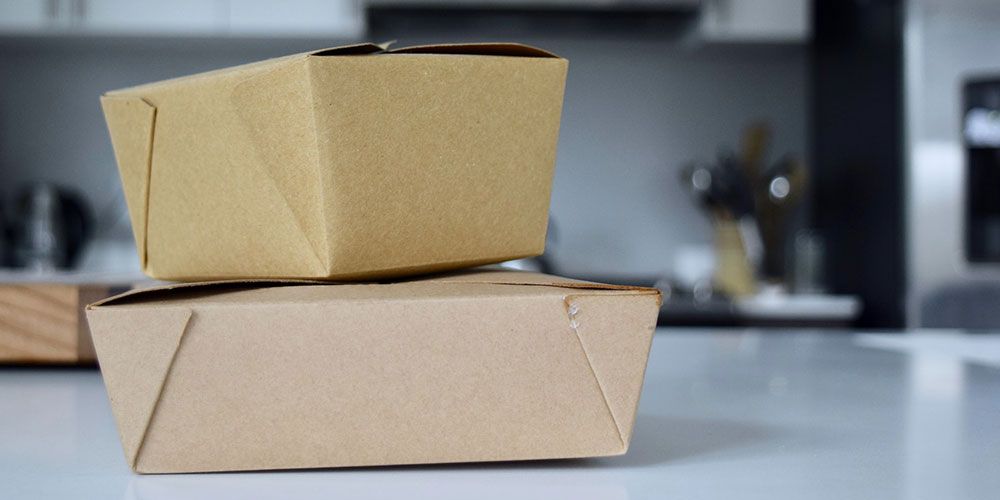When choosing the type of packaging you want for your unique boxes, you would want to choose something that is good for the earth and is cost-effective, right? There are many different types of materials that go into making a box that can have an impact on the environment, protect your packaging, and of course, make it look great! These materials include paper, paperboard, glass, plastics, metal, and wood.
Recyclable packaging helps minimize environmental impact by allowing the materials to be processed and reused. It's a key aspect of sustainable business practices, reducing waste and promoting circular economy.
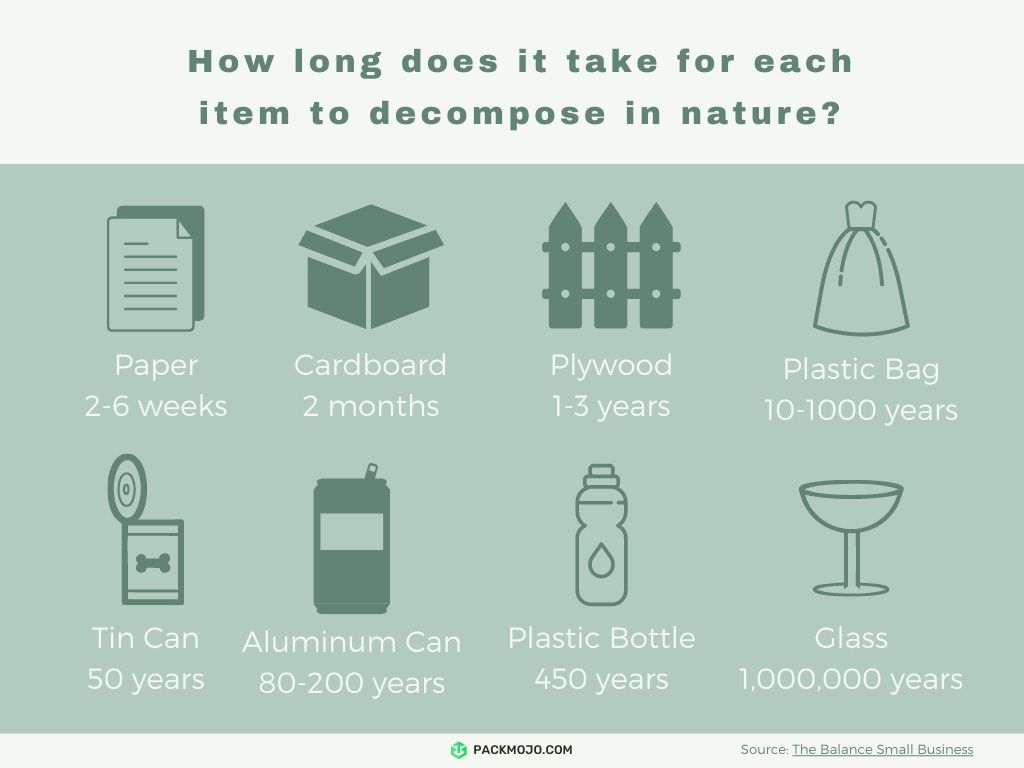
Here at PackMojo, we focus our efforts on sustainable paper and paperboard packaging that has been recycled before. Our mission is to provide you with premium packaging that is eco-friendly, sustainable, and affordable.
Recyclable packaging materials, like paper, cardboard, and certain types of plastic, can be repurposed into new products. Using these materials is a step towards sustainability and waste reduction.
Paper and Paperboard Packaging
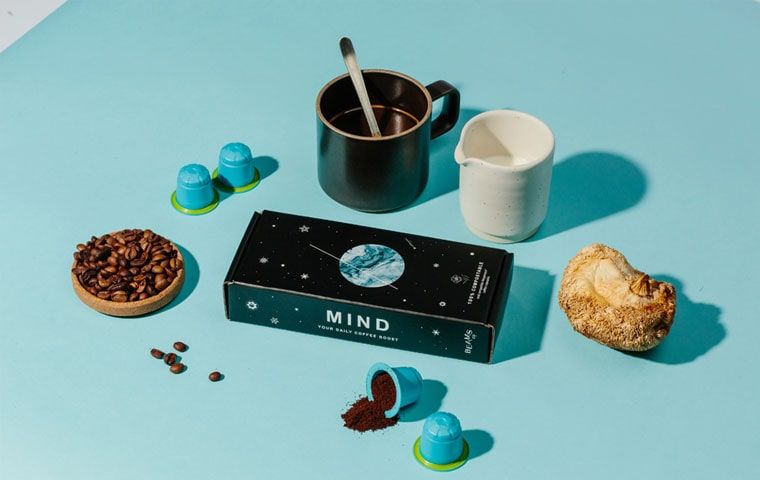
The most used packaging material by far is paper and paperboard. Beverages contribute the most to paper packaging and other food items are on the rise. It is lightweight and protects the products, making it cost-effective for transportation. White and brown paperboard packaging is easily recyclable - just throw it in the proper bin that accepts paper products.
However, packaging that has been coated or dyed is more difficult to recycle. The coating needs to be separated before recycling, and dyed paper needs to be bleached to be fully recyclable.
Coating on Packaging
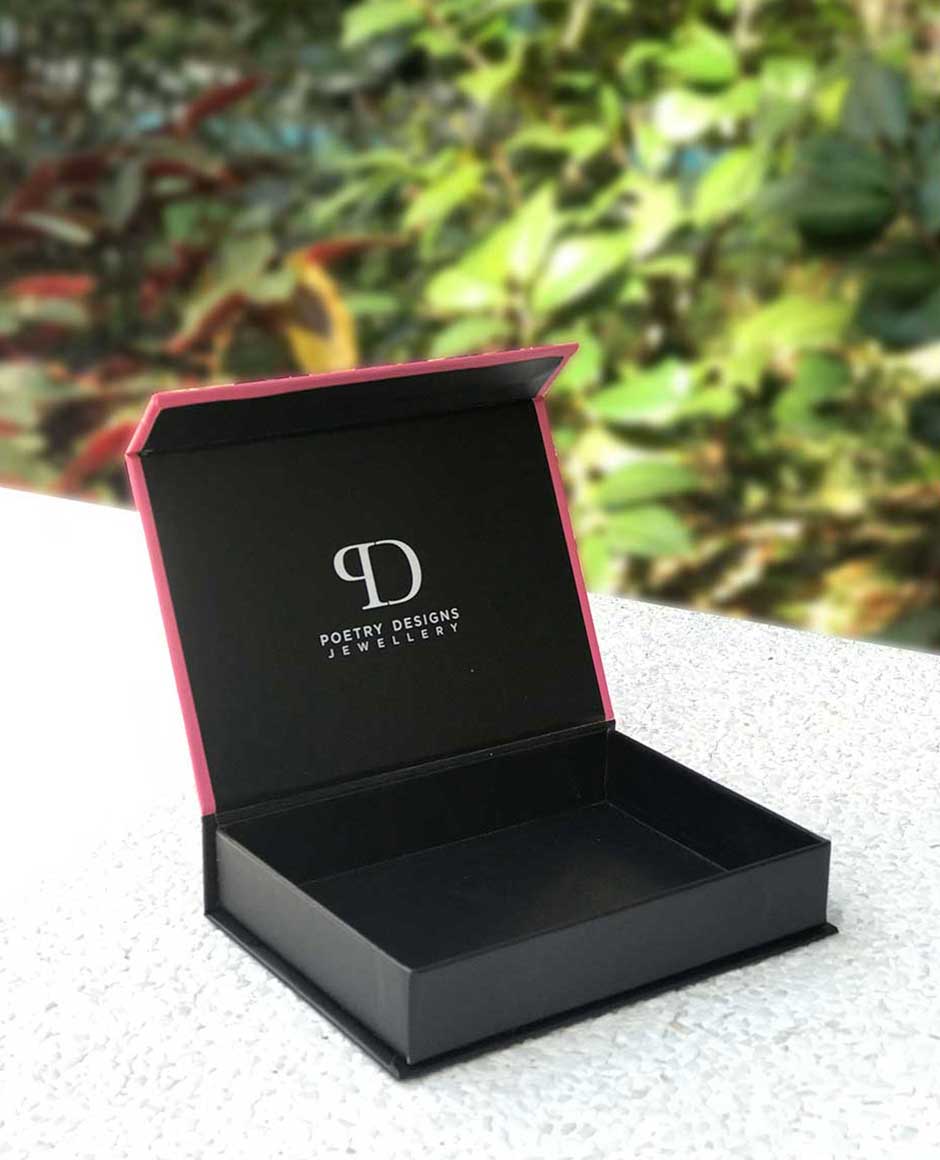
Coated packaging contains a layer of coating that is usually made from polymer. The benefits of coating are that it makes your packaging glossier, smoother, brighter, and protects the ink that is being printed.
For example, lamination is a type of outer coating that adds a thin layer of plastic over packaging that improves the appearance and protects the packaging design. Aqueous coating is a type of coating that is water-based and is used to seal ink onto packaging. It comes in different finishes and is cheaper and more environmentally friendly than lamination, but lamination has better protection. Since aqueous coating is water-based, it is more eco-friendly than other types of varnish and can be recycled as is. Another type of recyclable coatings is UV coating.
Generally, lamination is less environmentally friendly because it is made of plastic that is more difficult to recycle (see Plastic Packaging section below). A more eco-friendly option is laminate made from soy polymers.
Unfortunately, paper and paperboards that are coated with petroleum-based lamination cannot be recycled and have to be thrown in the trash. The thin layer of plastics lining the packaging cannot be removed easily. Some examples are leak-proof paper plates, take-out containers, and coffee cups.
For now, while petroleum-based lamination may not be accessible in recycling, there are some ideas that give a glimpse of the future of this type of coating. For example, there is the development of resins and lamination that can be recycled with PE films, water-soluble materials that are gas barriers, and even paper-laminates!
Ink on Packaging
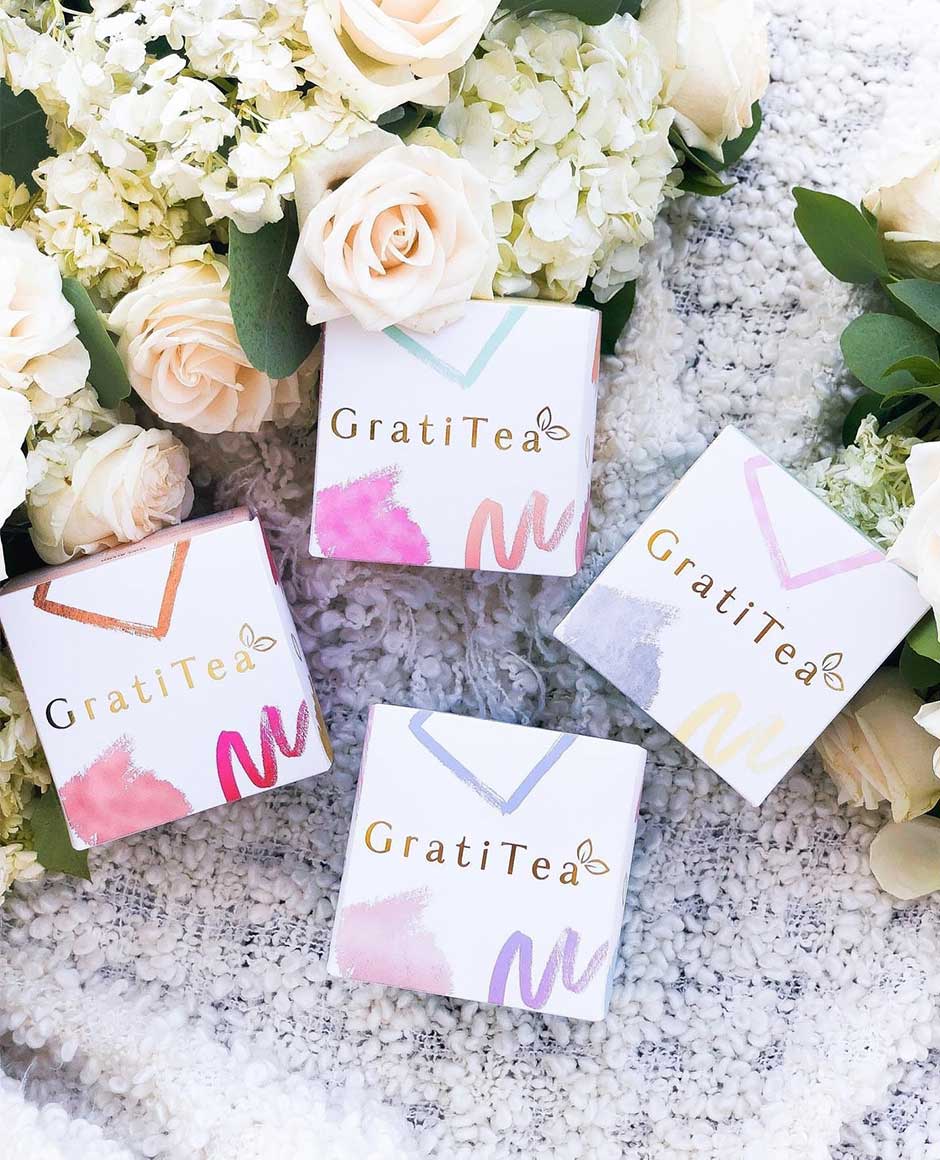
Inks add colors and tints for packaging. Some types of inks used for printing are solvent-based, petroleum-based, water-based, radiation-curable, and vegetable-based inks. The two main types of inks used are petroleum-based inks and soy-based inks. PackMojo uses soy-based inks which are vegetable-inks.
Petroleum inks are environmentally hazardous and are more expensive than soy-based ink. They contain volatile organic compounds such as toluene, benzene, and xylene which are harmful to the environment, people, and animals.
On the contrary, soy-based inks are more eco-friendly and produce bright and vibrant colors. They require less chemical input compared to petroleum-based ink and are more biodegradable. Oil from soybeans is refined and is mixed in with other natural compounds such as waxes and resins. Soy-based inks tend to be more vibrant than petroleum-based inks because their oil is clearer and not as greasy.
Now that you know the types of coating and inks that are used in paper and paperboard packaging, the next step is to know how to recycle your box.
Recycling Paper and Cardboard
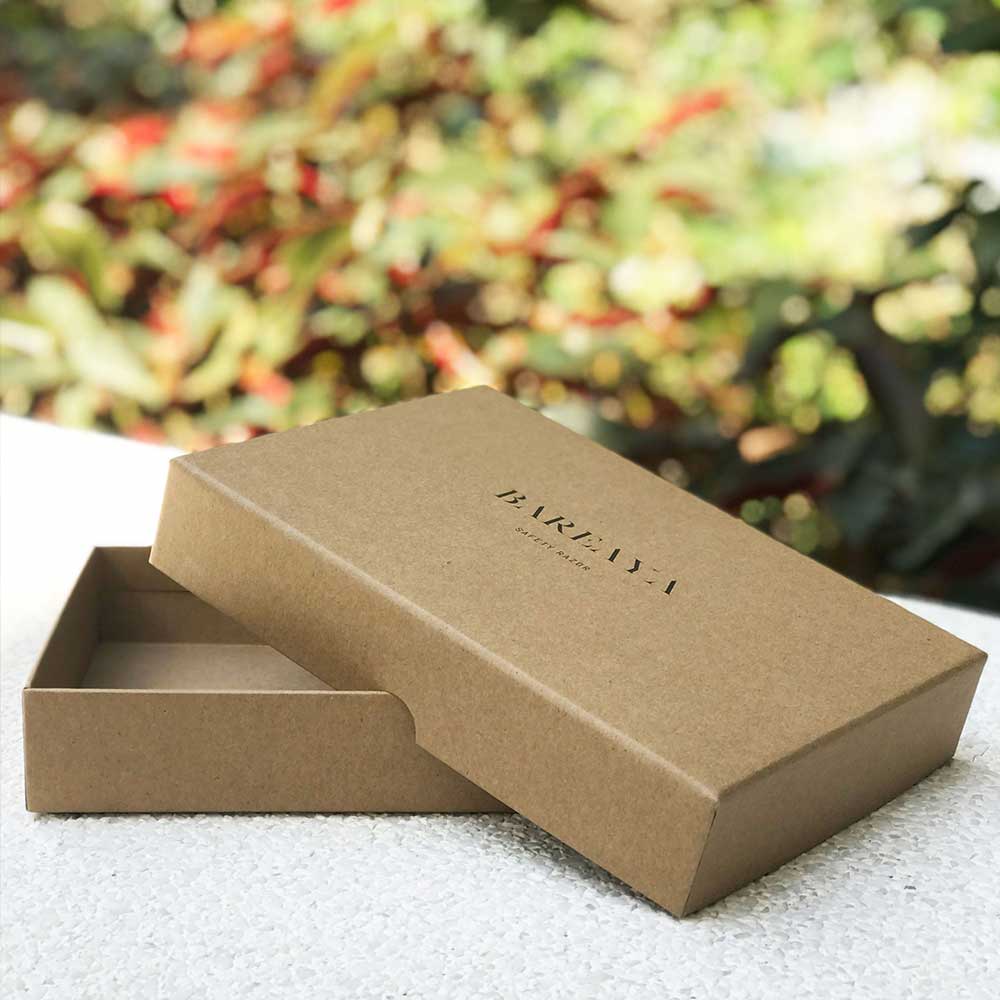
Paper and cardboard decompose in nature much faster than the other items on this list. Paper takes 2-6 weeks and cardboard takes around 2 months. Though they are fast to break down, they do not need to go to landfills because they are quite recyclable.
The process for recycling cardboard and paper in a recycling plant after it has been separated starts with a cardboard baling machine. The cardboard is made into bales which are delivered to paper mills that un-bale them. The cardboard is mixed into water to create pulp which goes through many filtering processes to remove contaminants and impurities.
In a process called de-inking, fibers are dispersed in water and treated with surfactants which extract ink particles. Bleach is added for brightening. Paper mills either blackwash or whitewash colored paper into a solid color before recycling. If not, the paper’s ink will bleed into the rest of the batch of recycled pulp. The now clean pulp goes through a paper machine that removes all the water from the slurry to produce long sheets of paper. The paper can be made into many different products such as more boxes, printer paper, writing paper, tissue paper, toilet paper etc.
Soy-based ink that has been aged for 4 weeks is easier to remove from paper pulp during de-inking than other types of ink resulting in less damaged fibers and brighter paper. The waste is not considered hazardous and can be handled more easily and cost-effectively.
Though recycling laminated packaging is difficult, uncommon, and not yet viable, it is not completely impossible. The main methods of recycling lamination are mechanical recycling, chemical and thermal lamination, and organic recycling.
In mechanical recycling, plastic concentrates are mechanically sorted and sent to recycling facilities. They are ground, washed, separated, and dried to be sold to be made into other plastic products. Most recycled packaging waste is too contaminated to be used for food packaging. Laminated layers form uneven blends and worsen the quality of plastics, especially those with different melting points.
Chemical and thermal recycling break down plastics into their chemical forms and make them into products such as chemicals and monomers for plastics or fuels. Thermal recycling is preferred over mechanical recycling for mixed plastic waste.
During organic recycling, biodegradable multi-material laminates are recycled. It is technically feasible since biodegradable materials are mixed with other biodegradable materials that will biodegrade.
How to Recycle Amazon Packaging?
Recycling Amazon packaging involves breaking down boxes, separating materials, and depositing them in appropriate recycling bins. Certain elements, like plastic films, may require special recycling facilities.
Recycling paper and paperboard packaging cycles back into making more paper packaging or it gains another life as other important products. When you properly recycle your paper packaging, you can be sure to know that it is eco-friendly.
Now that you know about the different components of paper and paperboard packaging and how it is recycled, check in with your local recycling facilities to learn about the specifics of how they recycle. Many cities drop off stations that are easily accessible to dispose of your paper packaging.
Glass Packaging
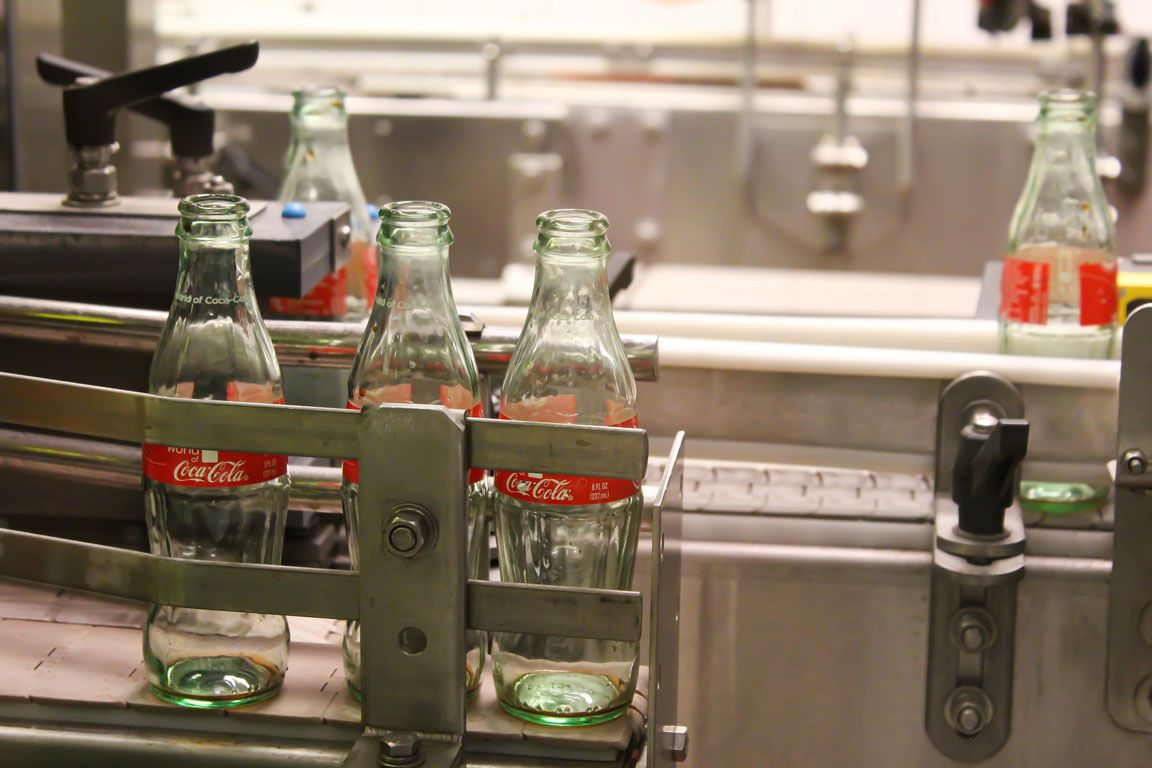
Glass is one of the most delicate materials used in packaging. The beverage industry makes up a huge share of glass packaging and part of it is due to the increase of the consumption of beer. It is mostly used for jars or bottles and can be embossed and debossed with logos and designs. Glass is 100% recyclable, mitigates climate change, and saves natural resources, but if just thrown away, it takes 1 million years to decompose naturally.
To recycle glass, throw only whole bottles and jars in the appropriate bin. Broken glass can break into smaller pieces which are difficult to collect and can embed into and damage other recyclable materials such as cardboard or paper. Oven-proof glass is a contaminant and should not be thrown in, because it has a much higher melting point than other glasses, so it won’t mix well. It takes 5 grams of oven-proof glass to contaminate a one-ton batch of recycled glass. Drinking glass is also a contaminant because it is a different type of grade of glass and won't mix well.
Glass can be recycled over and over without losing its quality and structure. 80% of bottles and glass are made of glass scraps called cullets. Glass collection companies or reprocessors collect cullets and take them to glass recycling plants. The cullets are monitored for purity and any contaminants are removed. Next, they are crushed and added to the mixture in the melting furnace. The melted glass is molded into new bottles and jars.
Shipping glass is a lot more expensive than shipping plastic because it is a lot heavier and can break. Also, its melting point is a lot higher than plastic and costs more to make due to heating costs. It is energy-intensive and takes up 1% of total industrial use, mainly fueled by natural gas.
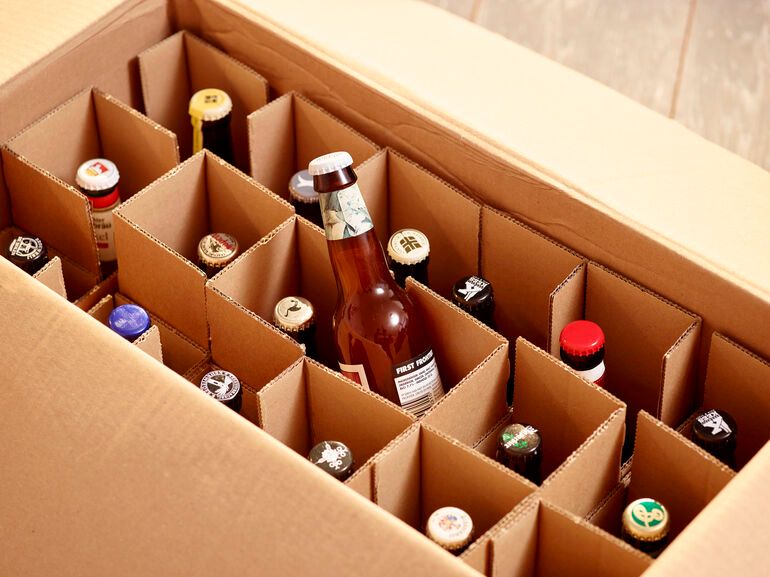
Glass packaging is heavy, so it costs more to transport and can be easily broken. To protect glass packaging, box inserts can be used to keep everything in place and ensure safe delivery. This box contains inserts that section off each bottle so that they do not bump into each other during transport.
Glass packaging is quite recyclable and contains many possibilities when creating the packaging. It is delicate and heavy which contributes to the cost. Be sure to carefully and knowingly dispose of your glass packaging properly.
Plastic Packaging
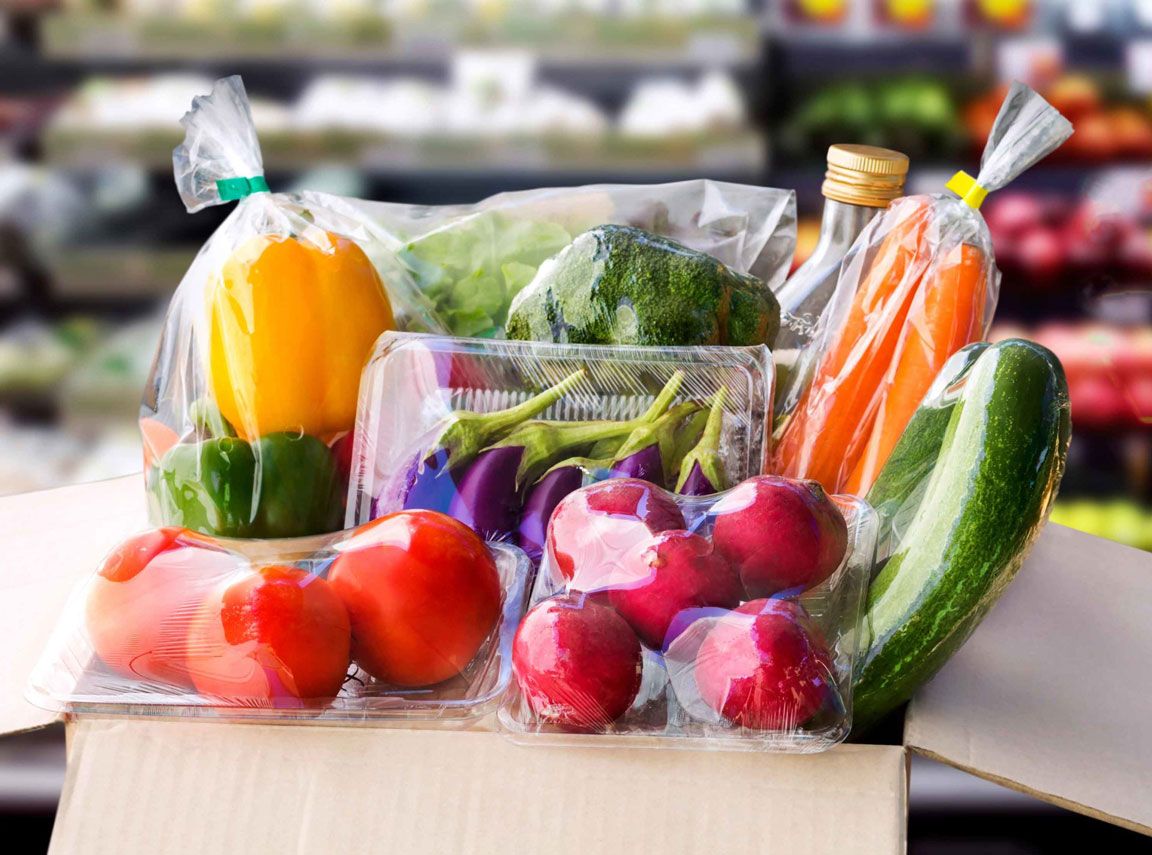
Plastic packaging has various uses and is adaptable to many products - it can be flexible as well as rigid. The food and beverage industry is reliant on plastic packaging to protect and preserve the quality of the food inside. There are many different types of plastic packaging that specializes in various types of protection.
Some types include:
PETE/PET: Polyethylene terephthalate
- Uses: Plastic soda bottles, polyester fibers, thermoformed sheets
- Recyclability: widely recyclable, generally considered safe with some precautions, remove lids first
HDPE: High density polyethylene
- Uses: Grocery bags, recycling bins, tubs, and jugs
- Recyclability: widely recyclable, but consult your local recyclers if tubs and lids should be separated, generally considered safe with some precautions
PVC/V: Polyvinyl chloride
- Uses: Pipe, fencing, non-food bottles
- Recyclability: Not widely recyclable, avoid because toxins can get into food, not environmentally friendly
LDPE: Low density polyethylene
- Uses: Plastic bags, 6 pack rings, tubing, containers
- Recyclability: Not widely recyclable, generally considered safe, some grocery stores collect plastic bags
PP: Polypropylene
- Uses: Food containers, dishware, auto parts
- Recyclability: Not widely recyclable, generally considered safe
PS: Polystyrene
- Uses: Desk accessories, cafeteria trays, toys, video cassettes, and cases
- Recyclability: Not widely recyclable, avoid because styrene may leach into food and beverages
Other
- Uses: glasses, CDs and DVDs, baby bottles
- Recyclability: Not recycled, more often reused, avoid BPA (Bisphenol-A) that can leach into food and beverages
Generally, plastic items take 1000 years to decompose. Plastic grocery bags take 10-20 years and plastic bottles take 450 years to decompose. Paper waste, on the other hand, takes around 2-6 weeks, and cardboard takes 2 months to decompose.
Recycling plastic has helped lessen the environmental burden but the majority (91%) of plastics are incinerated or dumped into landfills after just a single use. Plastics that are deemed more valuable are recycled more often and pure plastics are highly sought after for recycling. PETE/PET and HDPE are the most recycled plastics in the United States. If the local demand is not a certain plastic, it may not be economically viable to recycle that type. The low demanded plastics are more likely to end up in landfills or are burned. The plastic industry is planning to expand with a 33% increase in plastic chemical ingredients by 2025. The United Nations estimates that by 2050, there will be more plastic than fish by weight in the ocean.
Since different plastics have different qualities, they should be separated before recycling or their qualities will be altered. Recycling the same type of plastics together ensures that their characteristics stay the same. In a recycling plant, the separated plastics are shredded and non-plastics are removed. The shreds are grounded into pellets where they are melted by heat to form new plastic objects. If there are any impurities in the melted batch, the quality degrades and that plastic may not be recyclable again. The quality of plastic lessens each time it is recycled, so the plastic from a bottle is not likely to be made into another bottle and its use becomes increasingly limited. Impure plastics are usually used for making park benches, speed bumps, etc. Many food packaging contains multilayer plastics that line the inside. The plastic is bonded with the packaging and can rarely be recycled.
Packaging recycling involves the process of converting waste packaging material into reusable materials. It's an important practice for reducing waste, conserving resources, and mitigating environmental impacts.
Plastic packaging can be used in many ways but take note of its recyclability and its impact on the environment. Look into your local facilities to see which types of plastics are accepted to be recycled.
Metal Packaging
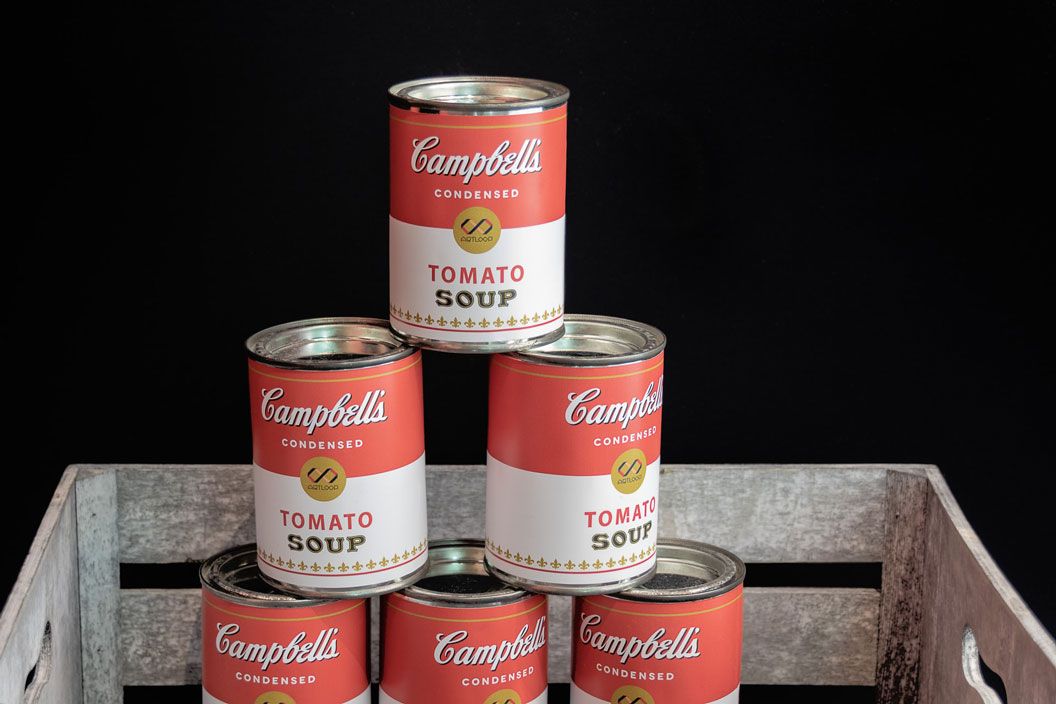
Metal packaging is mostly used for tin and aluminum cans and is prevalent in the food industry. Metal is a 100% barrier against gases, liquids, and light. It can be embossed, debossed, and have things attached to it such as labels. Soda cans are tightly sealed and can be decorated on the material.
Aluminum cans are one of the most easily recyclable materials because aluminum is 100% recyclable and is melted down to make more cans. It is a “closed loop” that does not affect the quality. Aluminum cans are by far the most sustainable beverage container with 70% recycled metal. Creating aluminum cans with recycled aluminum uses 95% less energy than using new aluminum. One ton of recycled aluminum saves 14,000 kilowatt hours of energy, 40 barrels of oil, and 10 cubic yards of landfill space.
When planning to recycle cans, first clean out any liquids or food. Ask your local facilities if the paper wrappings need to be removed. For food cans, remove the top and place it in the can. Be careful not to crush cans because it can contaminate the batch. Recycle it in the proper bin or deliver them to your local recycling facilities.
When empty cans arrive at the recycling center, it is combined with the other aluminum cans in a holding area. Once there are enough cans, they are crushed into a bale and sent to aluminum recyclers to shred and heat into molten aluminum. Along with other cans, they are formed into an ingot. Then, the process of making new cans is started again. Recycled cans can become new beverage cans in just 60 days.
Metal packaging has great barrier properties and recycling is quick and energy-efficient. Make sure you properly clean and dispose of your cans.
Wood Packaging
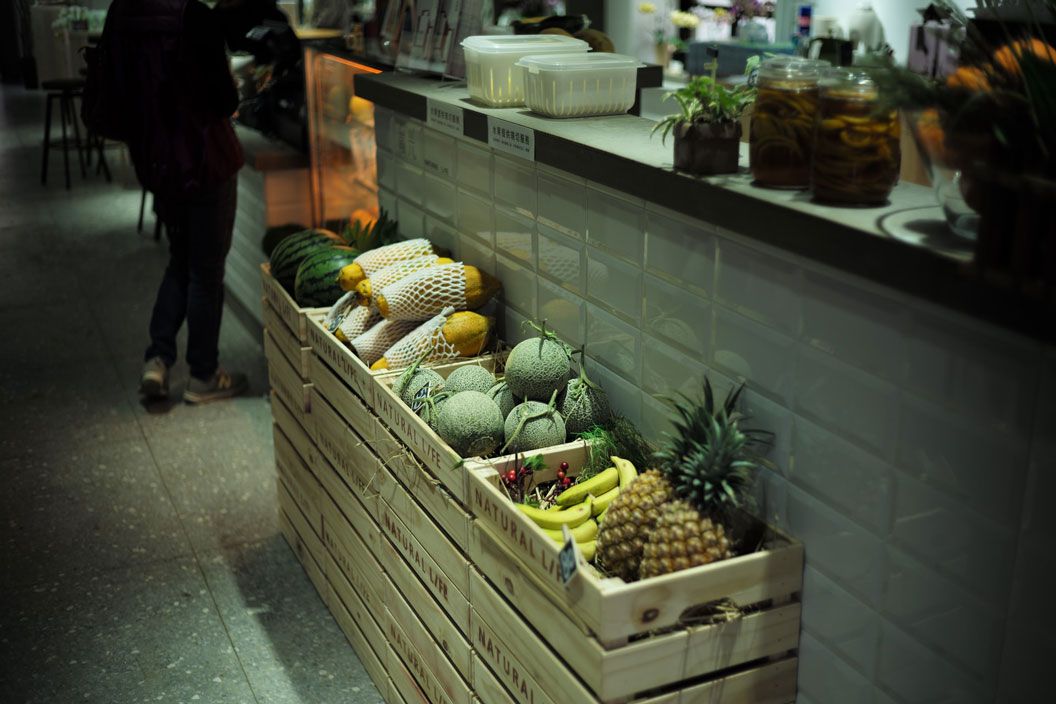
Wood packaging is used to protect large containers and in the photo above, it is used as a display. Many industries including the food, automotive, and chemical industries use wood for protecting and supporting goods. Wood boxes are eco-friendly and can be recycled into paper mills to be made into various types of paper, or it can be used to make mulch, animal bedding, boards, and much more. There are many wood drop off centers that take care of reusing wood.
Treated wood is good for better protection and lasts 20-30 years longer than untreated wood, but the chemicals can harm the environment. Wood that has been painted, stained, or treated in other ways cannot be recycled until the treated layers are removed. Burning treated or painted wood poses some health concerns due to the release of toxins. To dispose of it, take it to your local landfill or strip away the coated parts. Recycled wood packaging gains another life in many different types of products. Recycling wood is better left to your local wood drop-off centers for professional disposal.
--
Now that you are aware of the different types of materials that are used in packaging and their recyclability, you can start making decisions on what kind of materials are right for your company!
PackMojo focuses on high-quality paper packaging and most of our products are post-consumer content that has been used before. Our mission on environmentalism doesn’t just stop there! Take a look at our sustainability page to learn about our use of soy-based ink and tree planting!
Check out our other blog posts:
